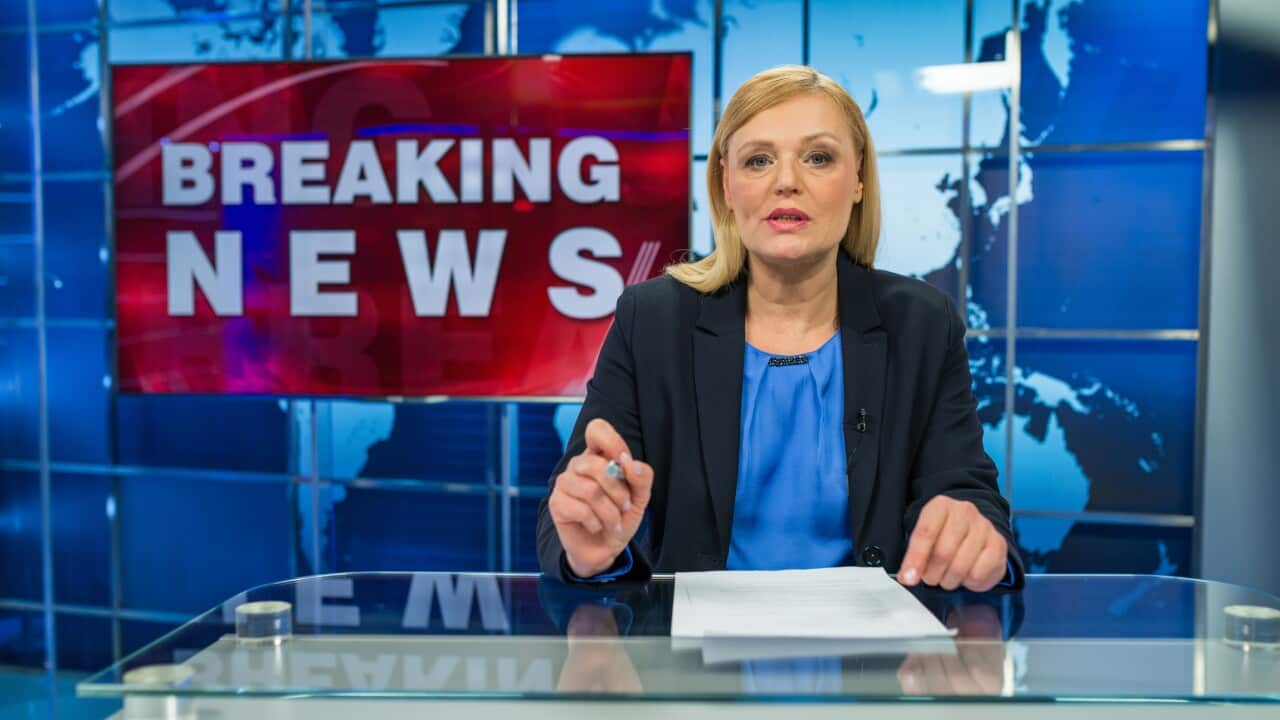At 9.44am on December 15, 2014, Man Haron Monis, armed with a shotgun, told Lindt Chocolate Café Manager Tori Johnson to call 000. It was the start of a standoff in the middle of Sydney’s CBD that would end 16 hours later in tragic circumstances, with the deaths of Monis, Johnson and fellow hostage Katrina Dawson.
The nation watched the terror incident unfold on their televisions. As night fell, the cameras continued to roll. Inside the café, terrified hostages waited for a police rescue. Outside, a police cordon ensured the streets were deserted. Absolutely nothing was happening – that we could see.
At this point, I wondered why some mainstream TV networks were sticking with their rolling coverage. There was no new information to share. We’d seen all the footage numerous times over. What was the point? To feed our endless desire for information? To spread fear?
There was no new information to share. We’d seen all the footage numerous times over. What was the point?
The rolling coverage that follows a terrorist attack is now part of the formula. An attack strikes, like the Lindt Siege or the terrible bombing at Manchester Arena in May. The news is disseminated via social media and soon, the whole world knows. Media organisations switch to rolling coverage, and journalists scramble to learn more beyond the skeletal facts shared by authorities as the official investigation gets underway.
Joe Siracusa is Professor of Human Security and International Diplomacy in the School of Global, Urban and Social Studies at RMIT. Terrorism and the media have a “perverse, symbiotic relationship,” he says. “Terrorist groups devise spectacles of violence to draw the world's attention, and the media is incentivised to provide wall-to-wall coverage.”
The inescapable nature of media coverage after a terrorist attack often makes me ask - are we playing directly into the hands of the terrorists? ISIS regularly produces propaganda material like violent videos that are often broadcast by Western news organisations. in the US following the 911 attacks from his hideout in an Afghani valley.
Today, terrorism dominates global news bulletins. A mass shooting – like the – doesn’t make global headlines unless terrorism is the motive.
Terrorist incidents take precedence in the new cycle over other equally serious events because they “blow our minds,” says Prof Siracusa, who agrees with the that terrorism is “a war against Western civilisation”.
The violence of a terrorist attack lacks a “return address”, which adds “an edginess to the news”, says Siracusa. “It's like the IRA attacks [in London] or the ANC attacks in South Africa or any time you have a terrorist organisation that can blow up a bar or a train station or an airport. It keeps people pretty edgy, because at the end of the day they don't know if their next-door neighbour wants to kill them.”
The preoccupation with terrorism is nothing new, he says. “In 1970, the , and we all watched that with great [concern].”
Today, the threat of terrorism never feels far away, with news of terror raids in Sydney over last weekend only adding to our collective fear.
It’s a preoccupation that shows no signs of waning. Today, the threat of terrorism never feels far away, with news of terror raids in Sydney only adding to our collective fear. Four men were arrested in the raids and police recovered items that could be used to make a homemade bomb, believed to have been intended to bring down a plane.
While terrorism attacks that affect the West are comprehensively covered by the media, the professor says there is less interest in similar incidents in countries like Pakistan, Afghanistan or Iraq. “There isn't equal coverage because there isn't a national interest in it.”
Prof Siracusa’s criticism of the media’s response to the Lindt Siege is not the rolling coverage, but that Australian viewers knew less about what was going on than American audiences. “We were not told the name of the man. We were not told the names of the hostages who escaped. We weren't told his demands,” he says.
It’s true that most media organisations knew a great deal more than what they shared with viewers, but withheld information for reasons of safety. Many journalists received direct calls from the hostages, Nine’s news director . “Yet everyone deferred to the police negotiators and did not broadcast the contents of their conversations. Everyone realised that there were lives at stake here. And that’s all that mattered.”
Another problem is the tendency in Australia to politicise terrorist incidents. As the Lindt Siege unfolded, both the NSW Premier and the Prime Minister delivered statements to the media. “It was as though they were politicising an operational affair that should have been left alone,” says Prof Siracusa.
We have an obligation not to over-sensationalise things or to glamorise the terrorists, but we certainly have an opportunity to talk to the Australian people.
The professor shares none of my reservations about rolling coverage of terrorist attacks. “These incidents, as horrible as they are, are a great learning tool for the Australian public,” he says. “They learn a great deal about who the Islamist extremists are, what they may be doing or what they're thinking.”
Media coverage must be managed judiciously however, he notes, with a focus on expert commentary. “We have an obligation not to over-sensationalise things or to glamorise the terrorists, but we certainly have an opportunity to talk to the Australian people.”






